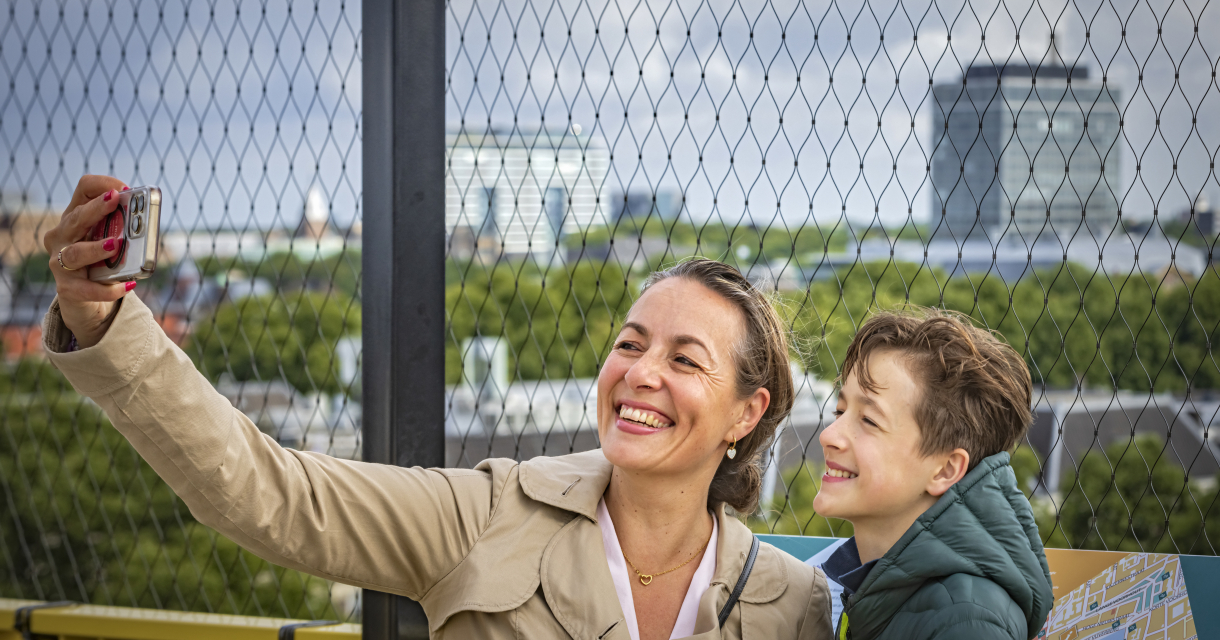
Binnenhof renovation
The beating heart of Dutch democracy is currently being renovated. The entire Binnenhof will disappear behind the scaffolding for a large-scale renovation. Yet the Binnenhof will remain an appealing and inspiring attraction because you can follow the renovation closely. During the renovation, all kinds of activities and events will take place around the Binnenhof. If you want to find out more about the renovation, the Binnenhof Renovation Information Centre is the place to be. In this beautiful building at Place 22, you can immerse yourself in this impressive project.

Information centre Binnenhof Renovation
Find out all about the large-scale renovation of The Hague Binnenhof
The history and surroundings of the Binnenhof
The Binnenhof, the Ridderzaal, the Prime Minister's Tower and the Court Pond (Hofvijver) in The Hague are among the most recognisable places in the Netherlands. Over the centuries, the Binnenhof in The Hague has been the focal point of political life in the Netherlands. This is the place where the most important events in the country's history took place. But also where the future is made. Take a look inside the Lower House (House of Representatives) during a guided tour by ProDemos. Climb the steps of the Ridderzaal with its many historical details and see the throne on which King Willem-Alexander reads the Speech from the Throne during Prinsjesdag.
The Torentje
Part of the Binnenhof, Het Torentje is located right next to the Mauritshuis. The octagonal building on The Hague's Hofvijver is first mentioned in a 1354 chronicle and probably dates from the first half of the 14th century. On the edge of the Binnenhof, the Torentje was originally intended as a summer gazebo for the Counts of Holland. It was connected to the count's garden by a drawbridge. On the site of this garden, east of the Torentje, the Mauritshuis was later built around 1640. Since 1982, the Torentje has housed the office of the prime minister of the Netherlands. It is therefore often named after the current prime minister.
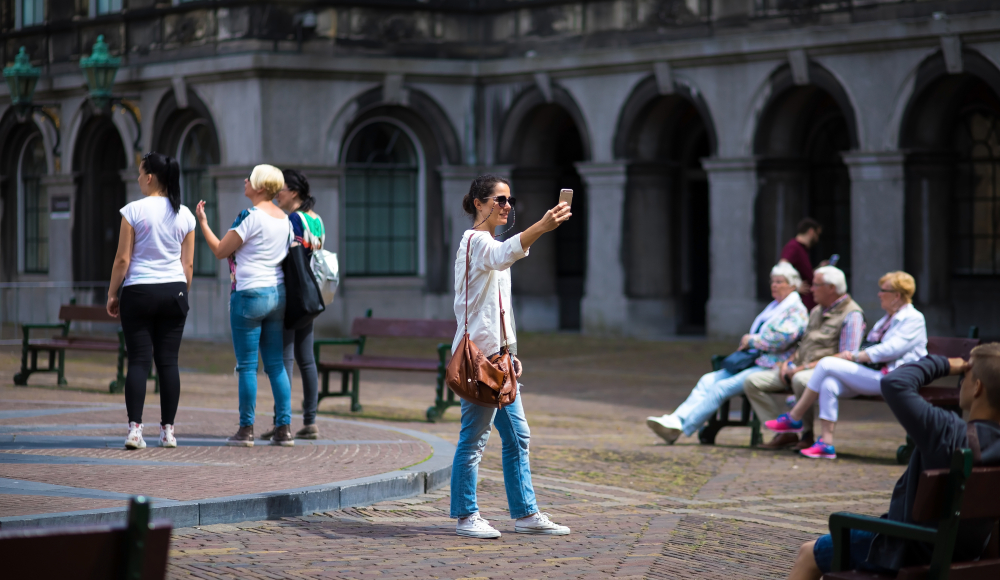
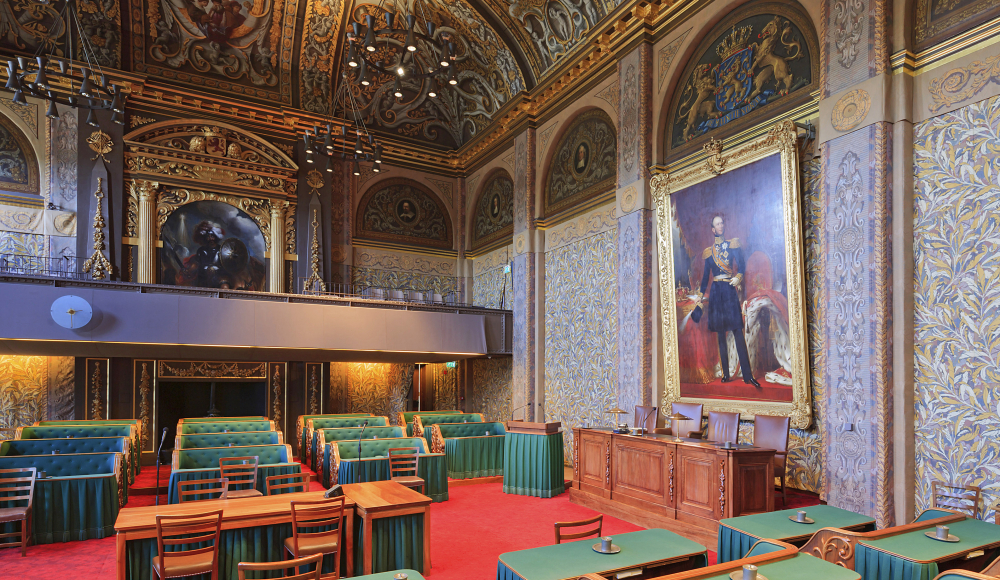
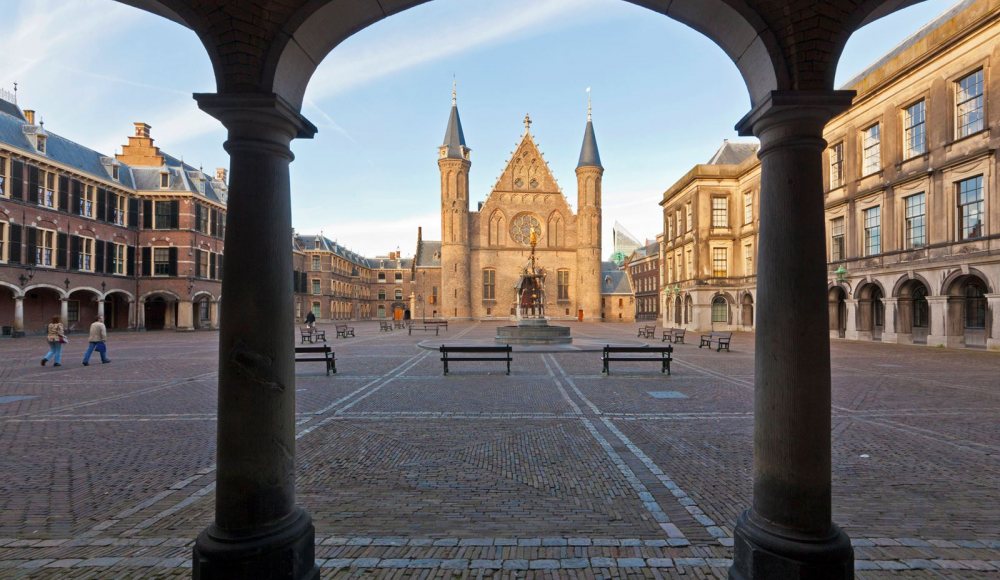
The Hofvijver
The Hofvijver is the water next to the Binnenhof in the centre of The Hague. Contrary to what the term pond might suggest, the Hofvijver is originally a natural dune lake on which the Haagse Beek (originally: Duinbeek) and the now-muted Bosbeek from The Hague Forest flowed. The brook still does and so the pond is connected to the dunes at Kijkduin. This dune lake contained an island (not the current island) on which Count Willem II of Holland built his castle in the 13th century.

One of The Hague's most photographed spots.
According to other sources, he built his castle next to the pond and had a moat dug around it. In this century, the lake was also deepened. The Hofvijver was made rectangular by Count Aalbrecht in the 14th century. The pond has this design to this day, although it received quays in the 17th century and was extended in the 19th century. Until around 1800, the Binnenhof was still surrounded by a moat and only accessible by bridges. Did you know that the Hofvijver is popular with lots of people? After all, you can take beautiful photos or selfies there with the city skyline as a backdrop!
Fountain at Binnenhof
In the middle of the Binnenhof stands a neo-Gothic fountain after a design by P.J.H. Cuypers, which was donated in the late 19th century by prominent Hagenaars as a token of appreciation for the renovation of the Binnenhof. The gilded statue made by artist L. Jünger depicts Roman Catholic King Willem II, together with Counts Floris IV and Floris V, one of the founders of the Knights' Hall in the 13th century.
Haags Jantje at the Hofvijver
Walk past the turret and the Mauritshuis through the museum quarter to Lange Vijverberg. Can you see Jantje pointing? Find out more about Jantje from the children's song "In The Hague lives a count and his son is called Jantje".
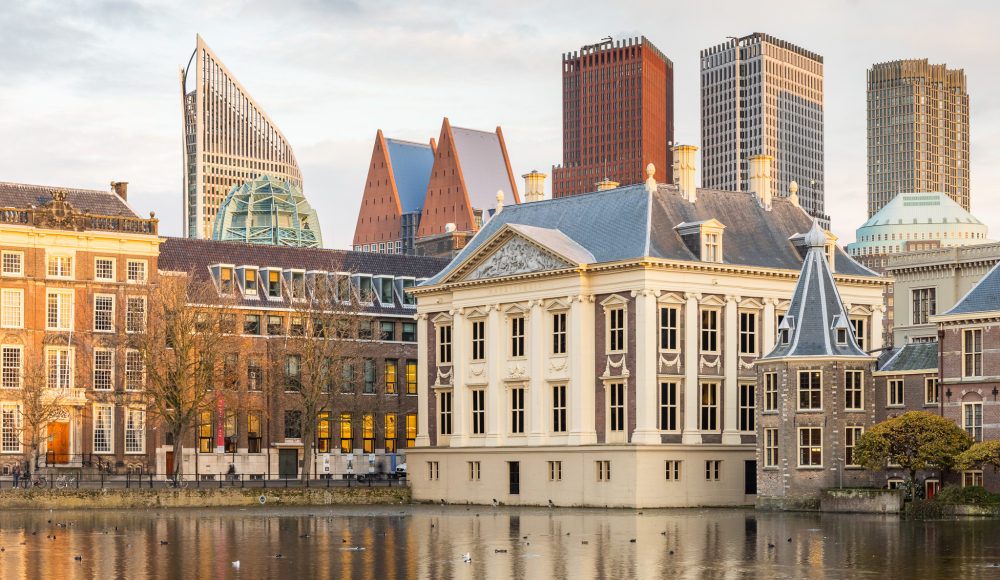

Whether at night or during the day or in summer or winter always equally beautiful: the Court Pond
Knights' Hall.
Knights' Hall
The Knights' Hall at Binnenhof was built in the Middle Ages (13th century). Originally as a party palace for the count's court. This was used to express status. It is part of the oldest buildings of the Binnenhof and thus of The Hague. It was built in Gothic style, a style you don't see much else in the city. The Ridderzaal is now better known as the hall where the Speech from the Throne is read by the king and where Olympic athletes receive their royal awards.
Upper House
To the left of the Knights' Hall, you can see the building of the Upper House of the States General. At the corner of the so-called Stadholder's Quarter is a square tower, built in the 17th century by order of Prince Maurice: the Mauritstoren. In 1626, Frederik Hendrik, together with his wife Amalia van Solms, moved into the quarters and the house was considerably embellished. Their son Prince William II was born there. Stadholder William III, married to Mary Stuart, had the stadholder's quarters extended again with a four-window wing on the Buitenhof. Today, this entire complex is the home of the Senate.
Former Lower House
To the right of Ridderzaal stands the former building of the Lower House of the States General, built in the late 18th century as a palace for stadholder William V. He was only able to live here for two years: in 1795, stadholder rule came to an end and the family had to flee to England. The magnificent ballroom was completely dismantled during the French rule and used as a military institution. It was not until 1815 that King William I opened another meeting of the States General for the first time in his father's former ballroom, which retained the function of House of Representatives until 1992.

